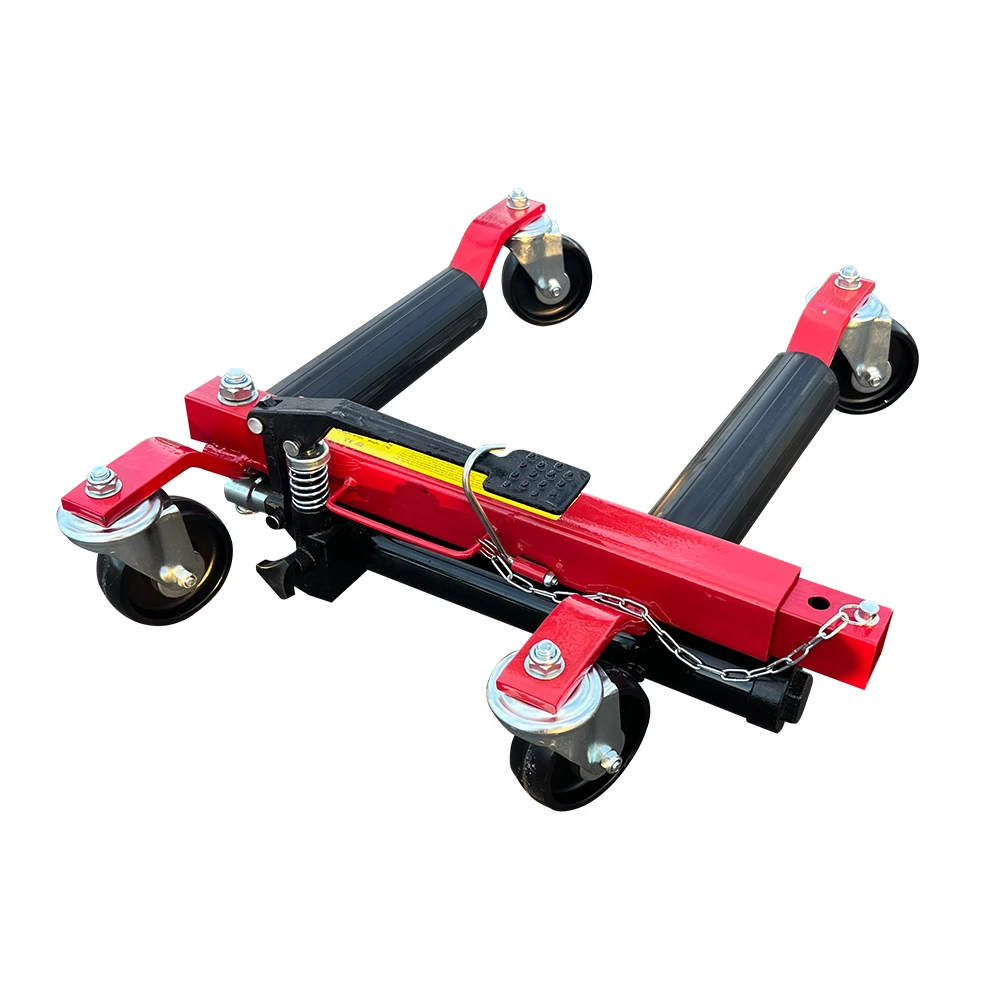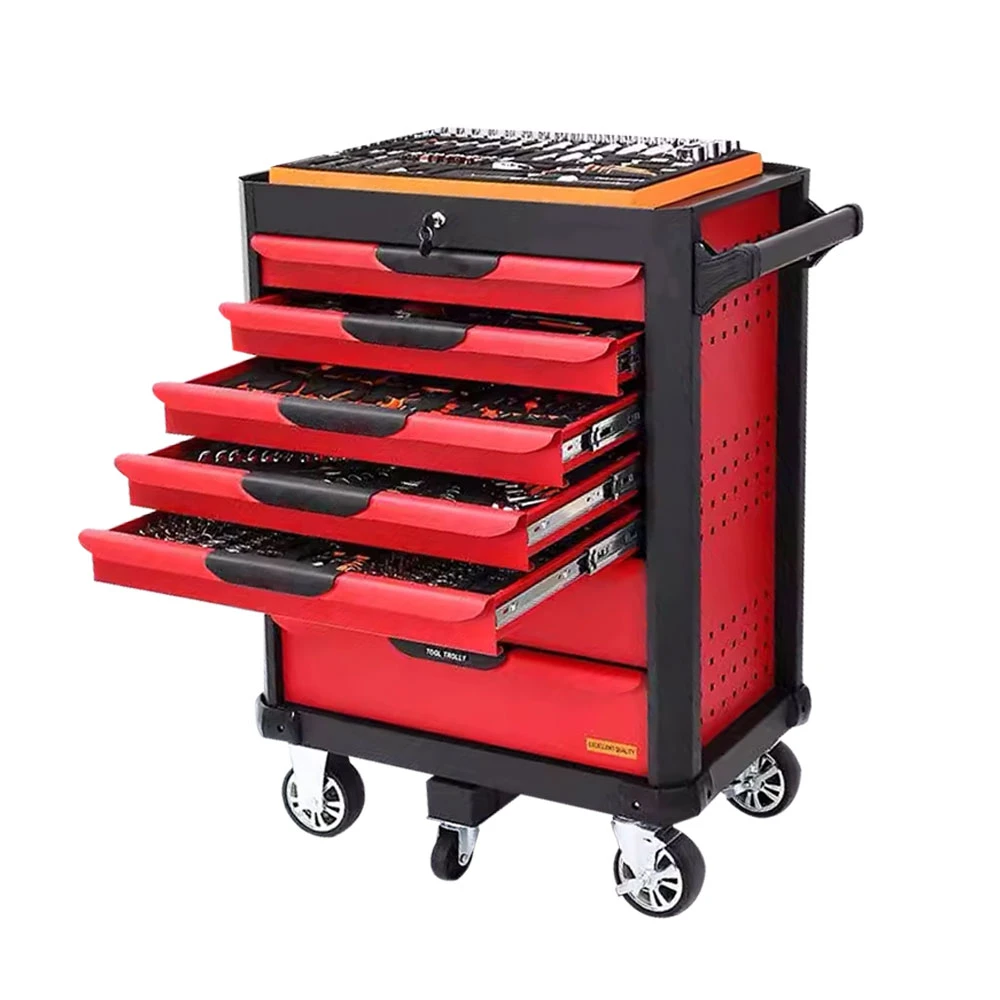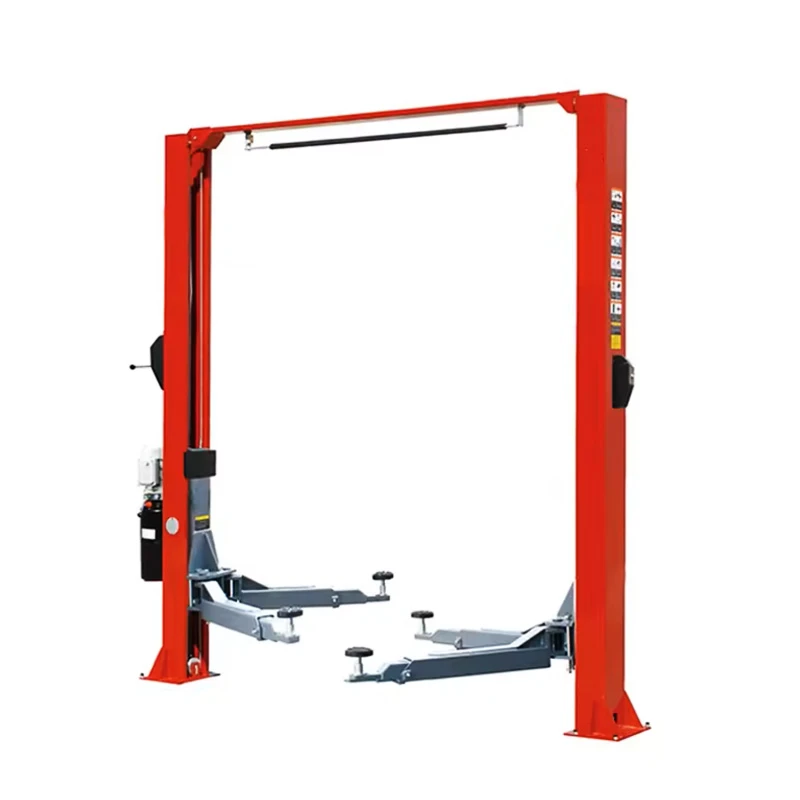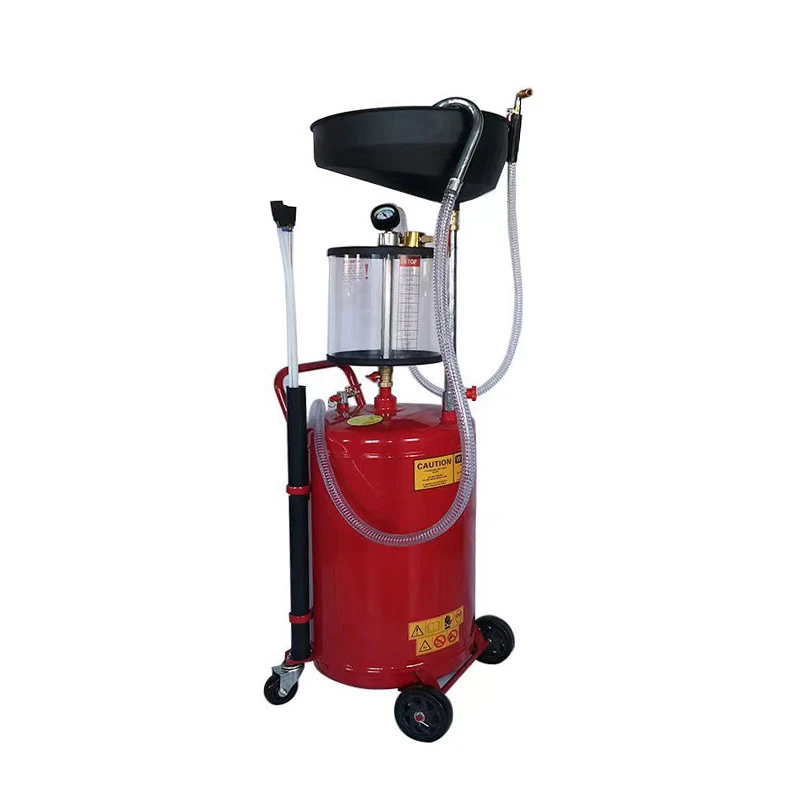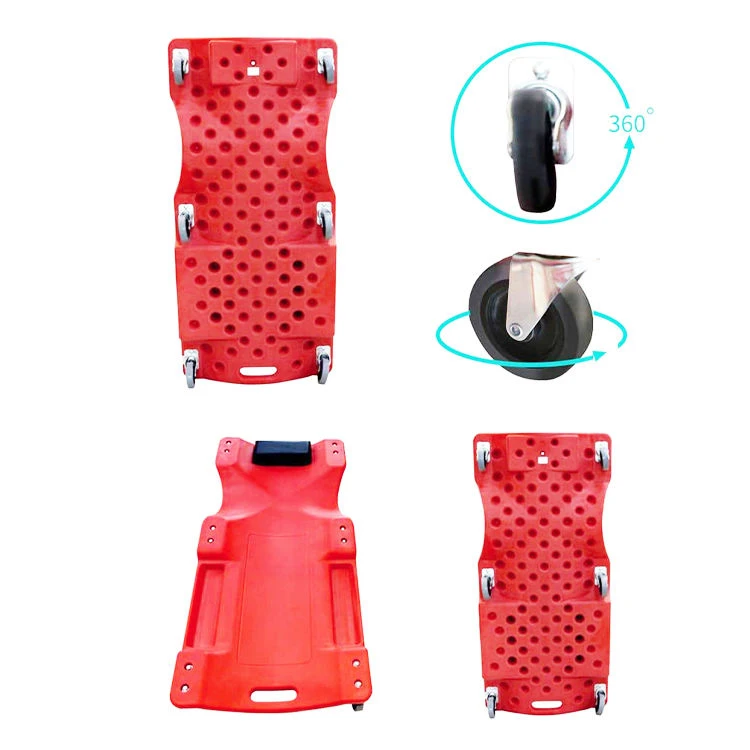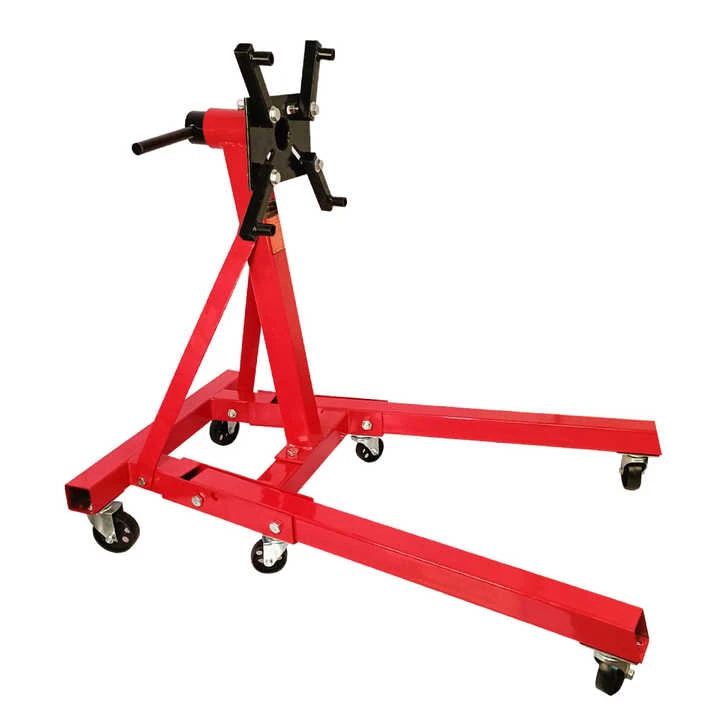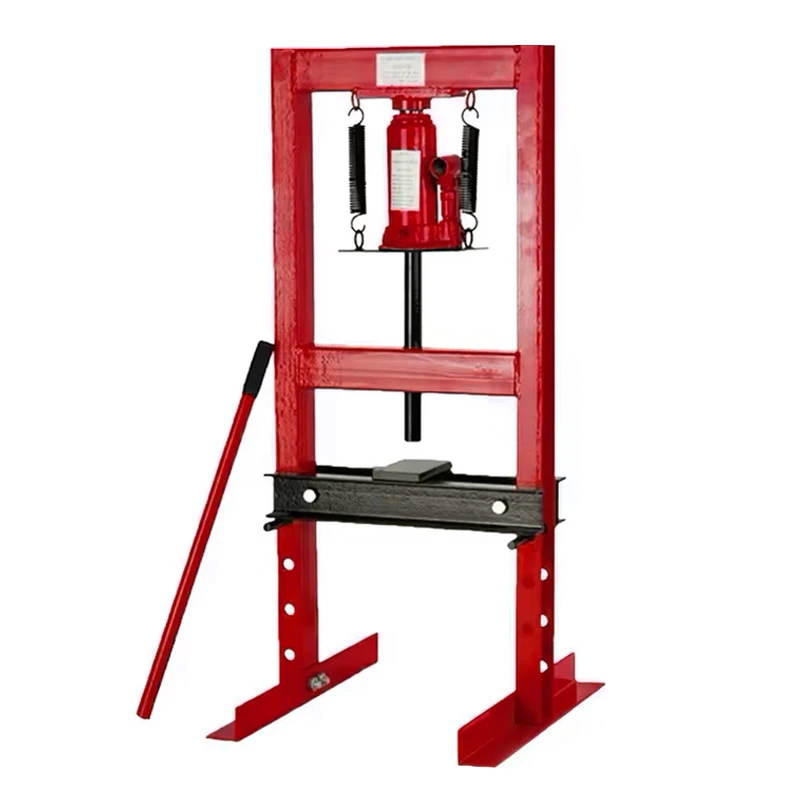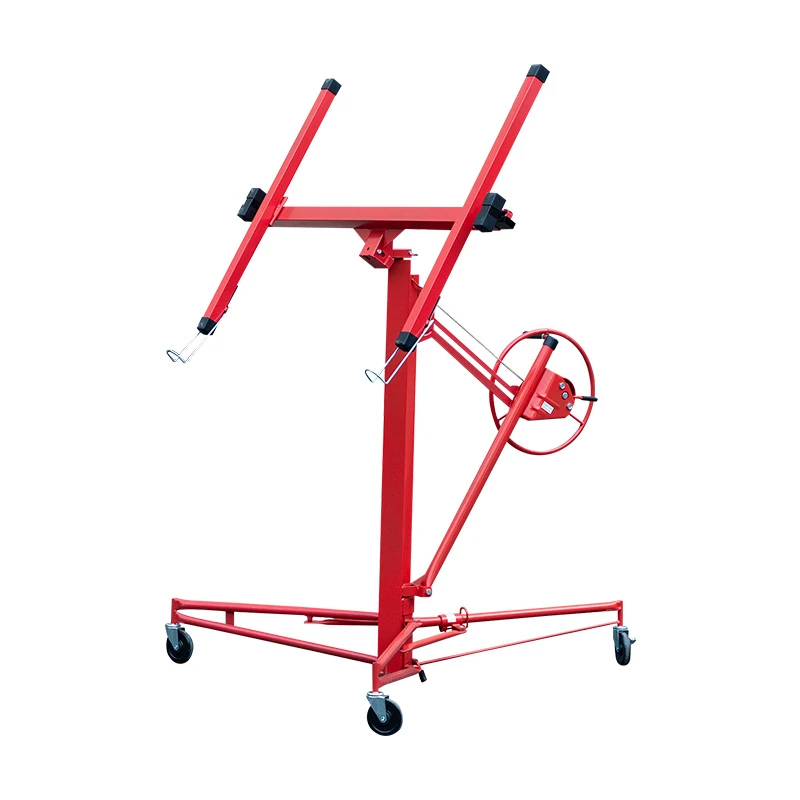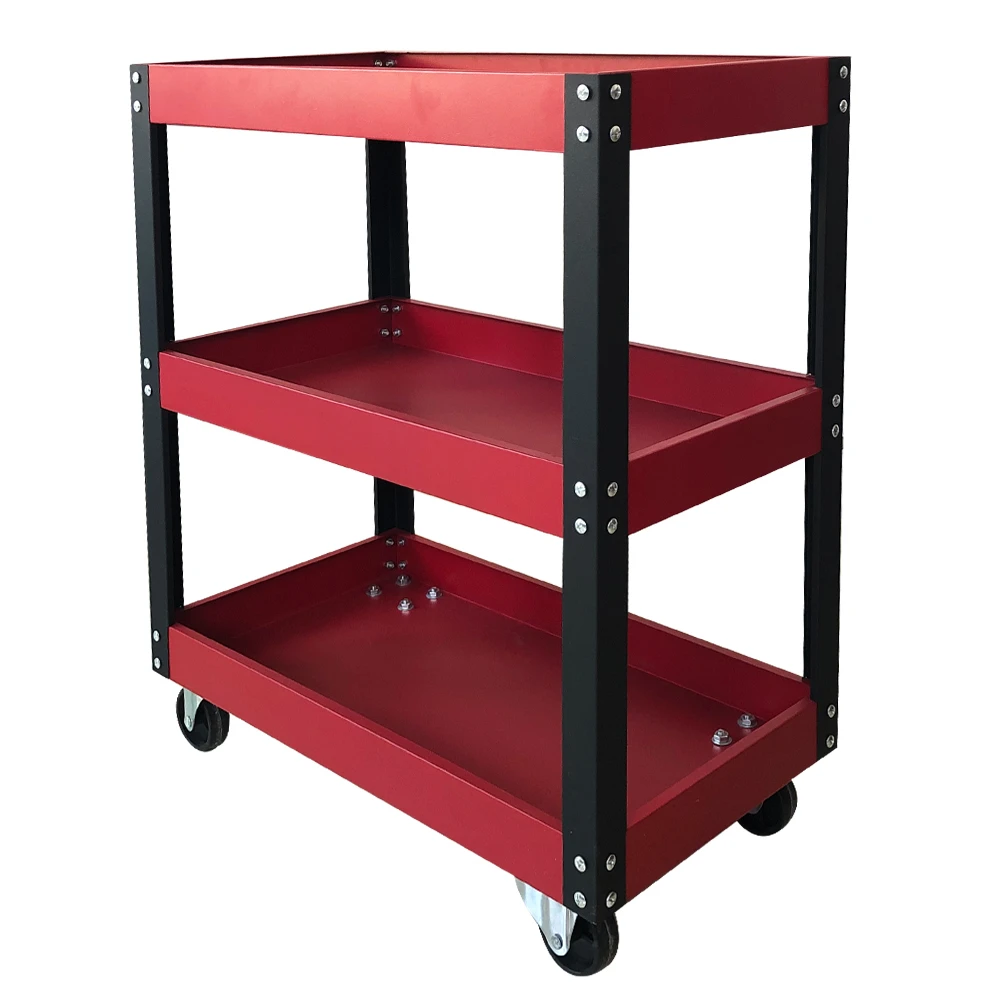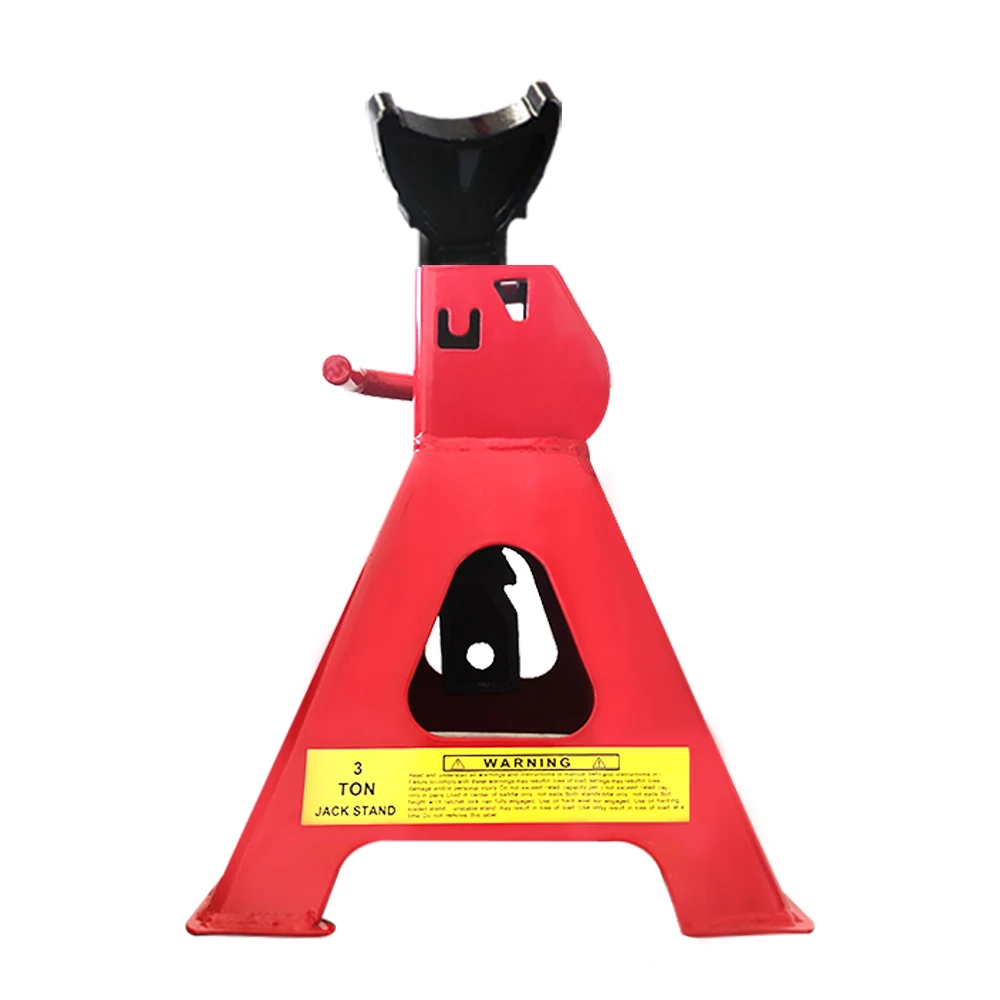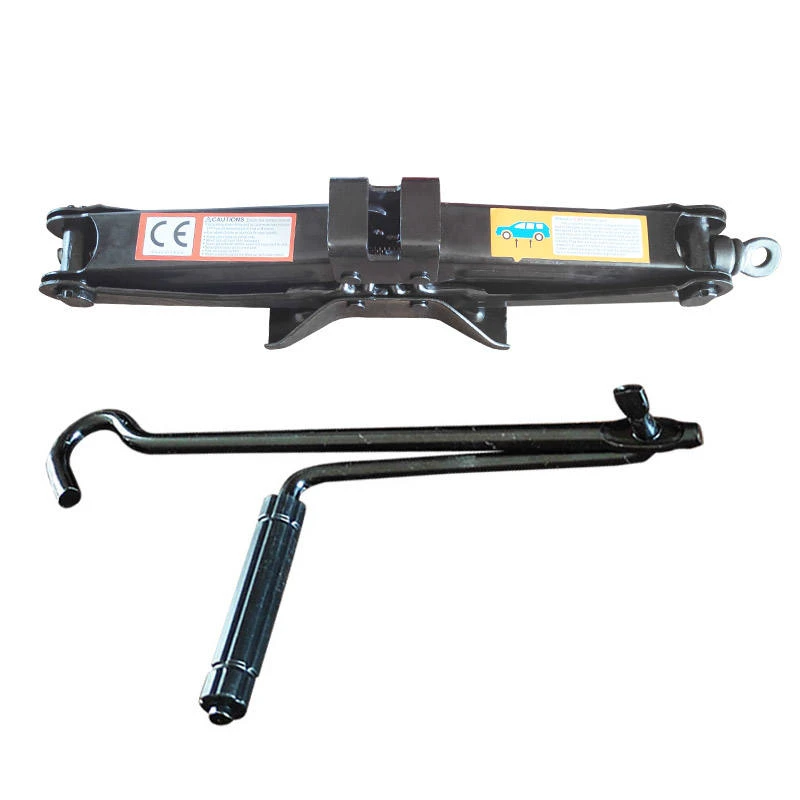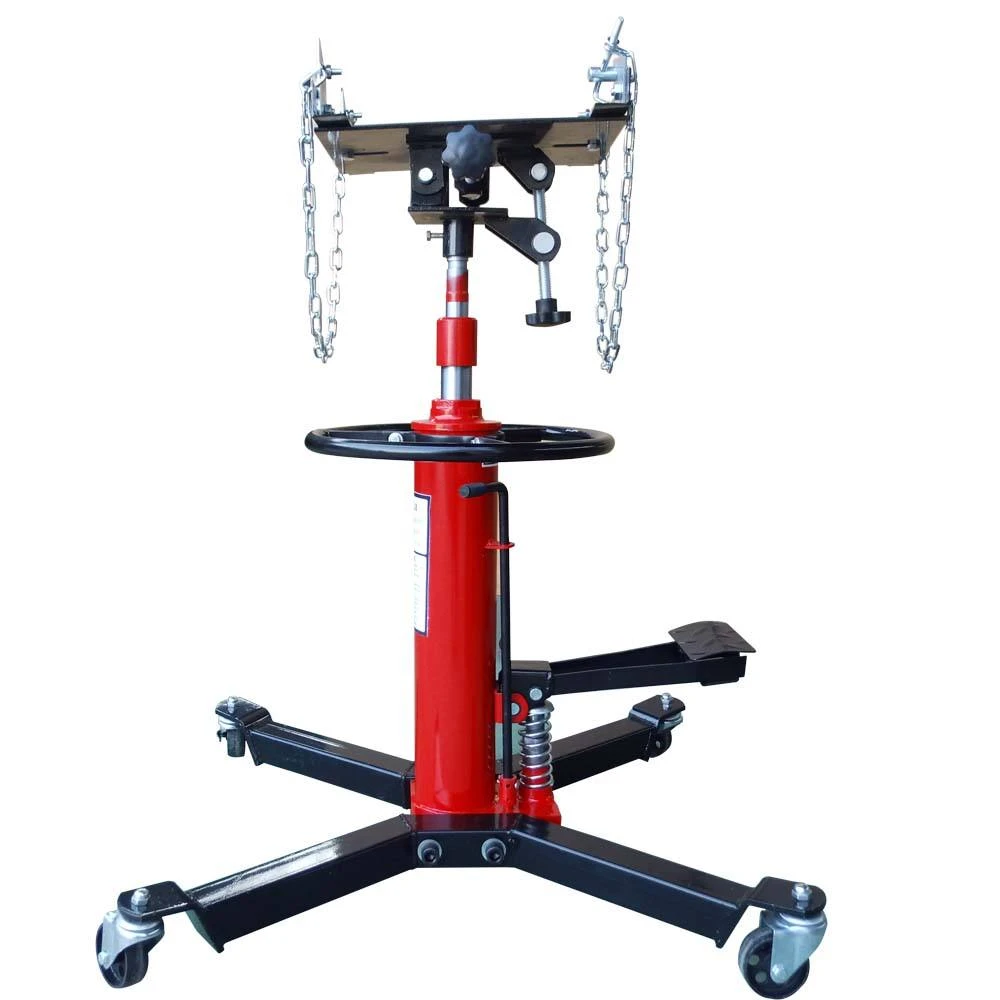What Makes Car Jacks Indispensable Tools for Vehicle Maintenance?
In the realm of automotive maintenance and emergency roadside repairs, car jacks play a pivotal role. Whether it’s a routine tire change or a more complex under - vehicle inspection, understanding the nuances of car jack support, car jack ton ratings, car jack tool varieties, the process of car jack up, and the importance of having a car jack in car can make all the difference in safety and efficiency. These components and practices are integral to ensuring that vehicle owners can handle unexpected situations on the road or perform necessary upkeep at home.
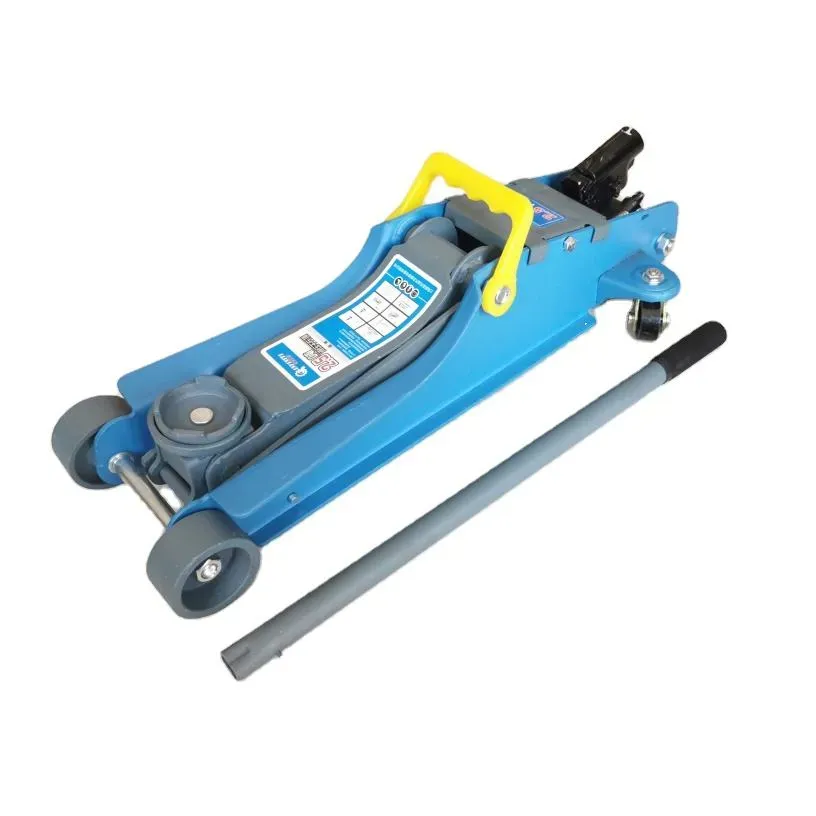
The Critical Role of Car Jack Support
When it comes to using a car jack tool to lift a vehicle, car jack support is of utmost importance. A stable support system is essential to prevent the vehicle from shifting or falling during maintenance tasks. Most car jacks come with a saddle or lifting pad designed to distribute the vehicle's weight evenly. For instance, hydraulic jacks often have a wide, flat saddle that conforms to the vehicle's lifting points, providing secure car jack support. Additionally, using jack stands in conjunction with a car jack adds an extra layer of safety. These stands are placed under the vehicle's frame or axles after it has been lifted, ensuring that the vehicle remains stationary even if there is a failure in the jack itself. Without proper car jack support, there is a significant risk of the vehicle collapsing, which can lead to serious injury or damage.
Deciphering Car Jack Ton Ratings
Car jack ton ratings are a crucial factor to consider when choosing a car jack tool. The ton rating indicates the maximum weight that a jack can safely lift. For example, a standard passenger car typically weighs between 2 and 4 tons, so a jack with a 3 - ton rating would be suitable for most routine maintenance tasks on such vehicles. However, for larger vehicles like SUVs, trucks, or vans, which can weigh upwards of 5 tons or more, a jack with a higher ton rating, such as 6 or 8 tons, is necessary. It’s important never to exceed the car jack ton rating, as doing so can cause the jack to fail under the load. Always check the vehicle's owner manual for the recommended jack capacity and ensure that the chosen jack meets or exceeds this requirement.
Exploring the Variety of Car Jack Tools
The market offers a diverse range of car jack tool options, each with its own advantages and ideal applications. Scissor jacks are commonly included with new vehicles and are compact, making them convenient to store in car. They work by using a screw mechanism to lift the vehicle and are suitable for light - duty tasks like changing a flat tire. Hydraulic jacks, on the other hand, use a fluid - filled cylinder to generate lift and can handle heavier loads with ease. They are faster and more powerful than scissor jacks but are also bulkier and more expensive. Bottle jacks, named for their cylindrical shape, are another type of hydraulic jack that offers high lifting capacity in a relatively small footprint. Each car jack tool has its own unique features, and the choice depends on factors such as the vehicle type, the frequency of use, and the user's comfort level with the tool.
Mastering the Process of Car Jack Up
The process of car jack up a vehicle requires careful attention to detail and adherence to safety protocols. First, ensure that the vehicle is parked on a level, stable surface, such as a concrete driveway or garage floor. Set the parking brake, engage the lowest gear (for manual transmissions), and place wheel chocks behind the wheels opposite the side being lifted. Next, locate the vehicle's designated lifting points, which are usually indicated in the owner's manual. Position the car jack tool under the appropriate lifting point, making sure it is centered and stable. Slowly operate the jack, either by turning the handle (for scissor jacks) or pumping the lever (for hydraulic jacks), until the tire is just off the ground. At this point, it's advisable to double - check the car jack support and the stability of the vehicle before proceeding with any maintenance work.
The Imperative of Having a Car Jack in Car
Keeping a car jack in car is not just a convenience; it's a necessity for any vehicle owner. A flat tire can occur at any time, often in unexpected locations far from a service station. Having a car jack tool readily available allows drivers to perform a quick tire change and get back on the road. Moreover, in situations where a vehicle needs to be lifted slightly for a minor inspection or to free a stuck object, a car jack can be invaluable. While it's important to ensure that the jack is in good working condition and appropriate for the vehicle, having this essential tool in car provides peace of mind and the ability to handle unforeseen circumstances independently.
FAQ Regarding Car Jacks
How do I know if my car jack is suitable for my vehicle?
Check your vehicle's owner manual for the recommended car jack ton rating and the type of lifting points. Ensure that the jack you have or plan to purchase meets or exceeds the weight - capacity requirements specified for your vehicle. Also, make sure the jack's design is compatible with the vehicle's lifting points to provide proper car jack support.
Can I use a car jack on any surface?
No, it's crucial to use a car jack on a level, stable surface. Avoid soft ground, slopes, or uneven surfaces, as they can cause the jack to shift or sink, compromising the car jack support and potentially leading to accidents. If you're on the road and need to use a jack, try to find a paved area or use stabilizing pads if available.
What should I do if my car jack fails while lifting?
If a car jack tool fails during the car jack up process, stay calm and do not attempt to work under the vehicle. Slowly lower the vehicle back to the ground using the jack's release mechanism, if possible. If the jack is stuck or malfunctioning, call for professional roadside assistance. Do not try to force the jack to work or continue with maintenance without proper support.
How often should I inspect my car jack?
Regularly inspect your car jack tool, especially if you keep it in car for emergency use. Check for signs of wear, such as cracks, rust, or damage to the lifting mechanism. Test the jack periodically by lifting a small, lightweight object (not your vehicle) to ensure it operates smoothly. If you notice any issues, have the jack repaired or replaced before using it for vehicle maintenance.
Are there any additional safety precautions when using a car jack?
Yes, always wear appropriate safety gear, including gloves and safety glasses. In addition to using jack stands for extra car jack support, make sure that bystanders, especially children and pets, are kept away from the work area. Also, never exceed the car jack ton rating, and follow the manufacturer's instructions carefully for proper operation and maintenance of the jack.
Products categories
Latest News
-
Unraveling the World of Car Jack Economics and Acquisition
NewsJun.24,2025 -
Unraveling the Essentials of Car Jacks and Their Operations
NewsJun.24,2025 -
Unraveling the Capabilities of 10 - Ton Porta Power Equipment
NewsJun.24,2025 -
Unraveling Issues and Solutions in Car Jack Systems
NewsJun.24,2025 -
Unleashing the Potential of 10 - Ton Hydraulic Equipment
NewsJun.24,2025 -
Power and Precision in Heavy - Duty Lifting: 10 Ton Porta Power Solutions
NewsJun.24,2025 -
What Makes Car Shop Jacks and Related Tools Indispensable for Vehicle Maintenance?
NewsJun.12,2025
